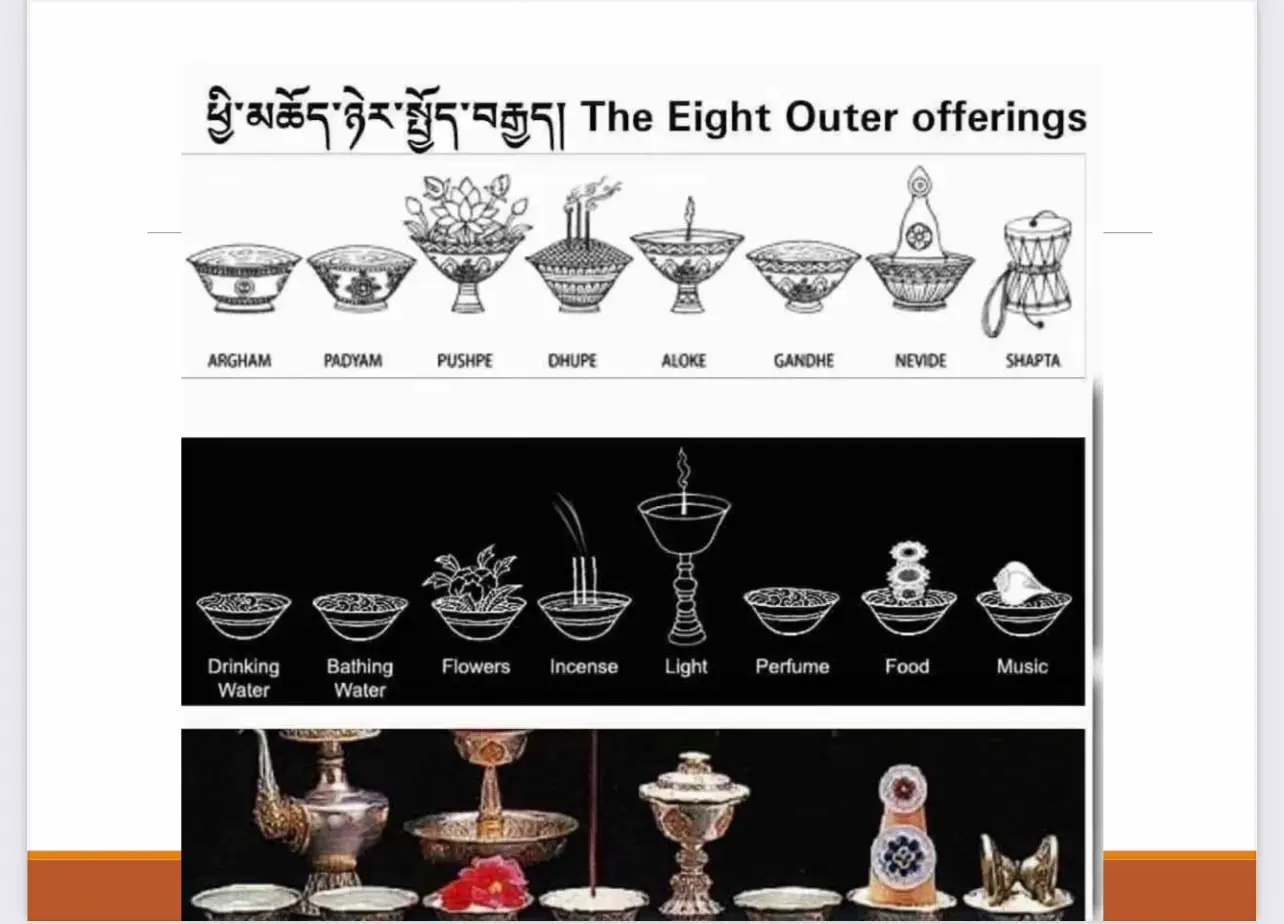714🐇🗽
Region: US
Monday 29 September 2025 17:27:07 GMT
373
14
0
0
Music
Download
Comments
There are no more comments for this video.
To see more videos from user @herbohernandez, please go to the Tikwm
homepage.





